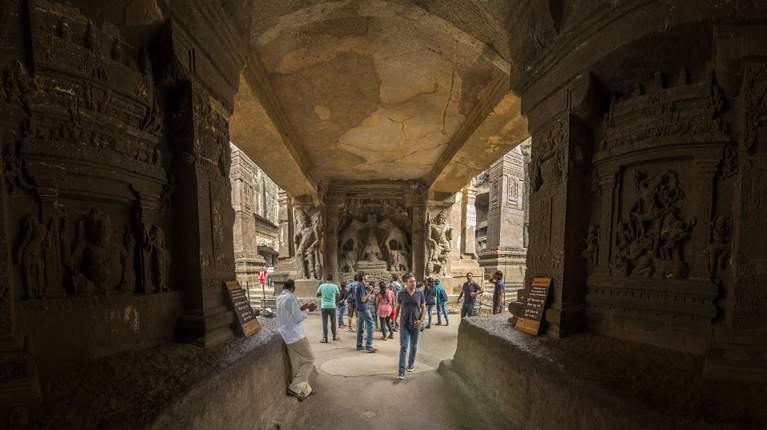

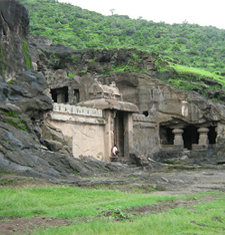 Ajanta Caves: Depiction of Jataka Tales
Ajanta Caves: Depiction of Jataka Tales
Located in Aurangabad, the Ajanta Caves include 30 rock-cut Buddhist caves. Embellished with intricate paintings, these caves are lauded for preserving the longest surviving forms of art. Thus, those interested in exploring the evolution of Buddhist religious art must discern the beauty of the Ajanta Caves. These paintings, often belonging to the Jataka tales depict the life of Lord Buddha. In 1983, the uniqueness and impeccable brilliance of the finesses of these Ajanta Caves included it in the list of UNESCO World Heritage Sites. Currently the Archaeological Survey of India protects these caves.
Out of the 30 excavated caves, five of them are chaityagrihas, which means the 'Halls of Worship' in the Buddhist architecture. The next 25 of them are Viharas or the Buddhist monasteries. Thus, these rock-cut architectural chambers, often rectangular in shape have been the prized possessions of the Indian architecture. Both the Mahayana and the Hinyana strand of Buddhism has evolved in these caves. Several artists in the 19th and 20th centuries have been influenced by the ancient art forms of the Ajanta Caves. Thus, nestled peacefully in the Sahyadris, the Ajanta Caves definitely endow a surreal experience. Thus, delve into the beauty of Indian past by touring the Ajanta Caves, the pride of Maharashtra.
Ellora Caves: Blend of Jainism, Buddhism and Hinduism
Built by the Rashtrakuta dynasty, the Ellora Caves are located in Aurangabad district in Maharashtra. Lauded for being the World Heritage Site, Ellora Caves reveal the zenith of Indian rock cut architectural accomplishment. These rock cut caves are a rich blend of Jainism, Buddhism and Hinduism. Excavated from the Charanandri hills, these 34 caves hail from the 5th - 10th centuries. Currently protected by the Archaeological Survey of India, these caves reveal the religious solidarity that prevailed in Indian history during the time of their construction.
In the local dialect, the Ellora Caves are called as “Veru Lini.” It is also lauded for being the largest monolithic excavation at the international level. One can also have a look at the Volcanic Basaltic formation in Maharashtra, hailing from the Deccan Trap. The rock of these Volcanic formation has been later used for the construction of the pathways of the Bibi ka Maqbara and the Grishneshwar Temple. So, in totality, the diversity of the Ellora Caves is added with the presence of the Buddhist Viharas along with the Jain and Hindu temples. These three different constructions, though dating from different centuries, can be still grouped from the 5th to the 11th centuries. Thus, explore the artistic legacy of Indian architectural and art masterpieces at the Ellora Caves.
recommended tours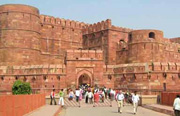
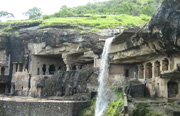
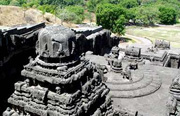
Our experts would love to create package just for you